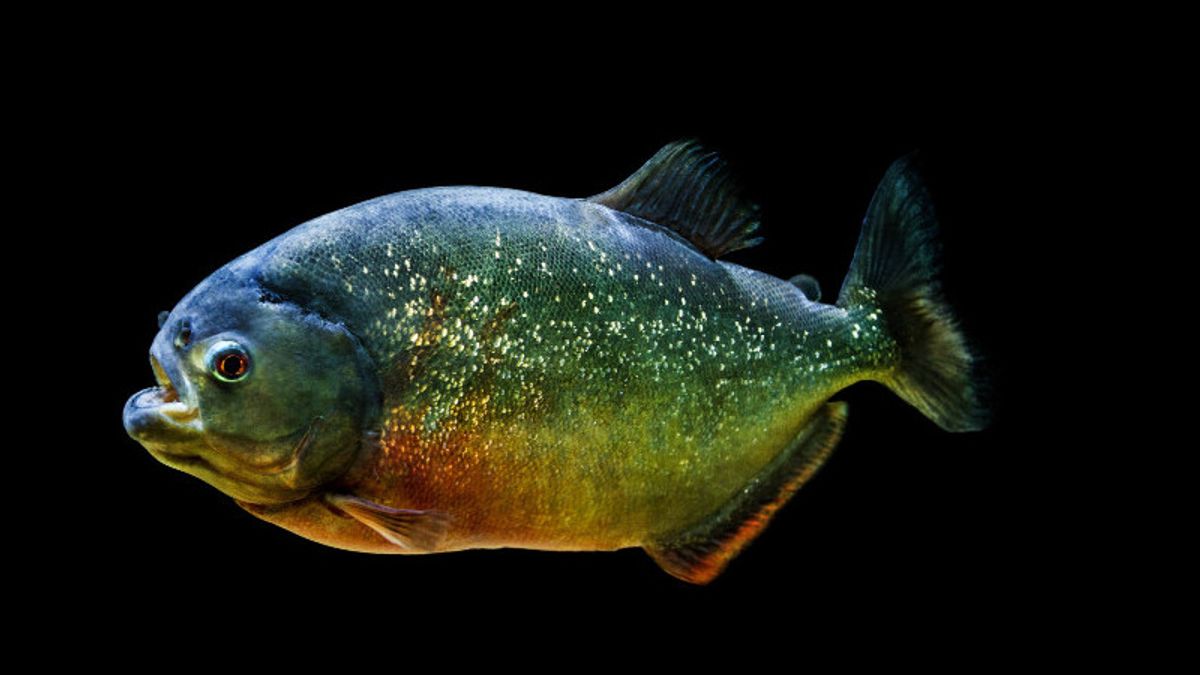YOGYAKARTA - With its many biodiversitys, Indonesia is one of the largest and most diverse water ecosystems in the world. Unfortunately, this biodiversity is not only threatened by pollution and climate change, but also by invasive species, especially invasive fish. So what are the invasive fish that are prohibited from being kept in Indonesia? Let's discuss it!
To protect Indonesia's natural ecosystem, the government enforces strict rules prohibiting the maintenance, distribution and release of invasive fish in the country's waters.
Getting To Know The Term Invasive Fish
Invasive fish are types of fish that come from outside certain ecosystems or regions, but are brought in and are able to breed rapidly, often without natural predators. Their presence can disrupt ecosystem balance by preying on native species, damaging natural habitats, or spreading diseases that are harmful to local fish.
Some invasive species have very high reproductive abilities, so they can reduce the local fish population and even threaten their sustainability. Among the famous but dangerous invasive fish released into the wild in Indonesia are ariaima, pyropha, and alligator gar.
Based on the Regulation of the Minister of Marine Affairs and Fisheries No. 41 of 2014 concerning the Prohibition of Income of Hazardous Fish Types from Overseas to Indonesia, several fish species are prohibited from entering and being kept, among others:
1. Arapaima gigas
This fish comes from the Amazon River and is a large predator that can grow up to 4 meters. Arapaima has the potential to damage the Indonesian waters ecosystem by preying on local fish that do not have such great protection from predators.
2. Piranha (Pygocentrus sp.)
Known for its strong jaw and sharp teeth, the pyrothas, although smaller in size than ariaPAima, can pose a threat to local fish and other species. If released into the waters, they can disrupt the equilibrium of the original fish population.
3. Alligator Gar (Attractostous spatula)
This predator has a body that resembles a crocodile and comes from North America. Although popular as an ornamental fish, the alligator gar is a very effective predator. When released in a new environment, it can prey on local small fish and disrupt food chains.
4. Snakehead (Channa sp.)
Snakehead, or cyclone, is one of the invasive fish that is often released illegally into Indonesian waters. This fish is aggressive and able to survive in harsh environmental conditions. Snakehead is a small and amphibious fish predator, so it can reduce the population of local species.
Punishment For Those Who Violate
In Indonesia, the maintenance of invasive fish that is prohibited can have serious legal consequences. Under Law no. 31 of 2004 concerning Fisheries, which was updated by Law no. 45 of 2009, anyone who intentionally includes, maintains, or releases dangerous fish that can damage fish resources in Indonesia can be subject to criminal sanctions.
SEE ALSO:
Violators of this regulation can face punishment:
Any individual or entity found guilty can be fined up to IDR 2 billion, depending on the severity of the violation.
Apart from fines, offenders can also be sentenced to a maximum of 6 years in prison. This sentence is intended to provide a deterrent effect for those who try to violate this law.
In addition, invasive fish owners who do not comply with the regulations must also hand over the fish to the authorities, such as the Marine and Fisheries Service, to be destroyed or returned to their home habitat if possible.
Talking about invasive fish, apparently 18 Invasive Fish in DIY were destroyed by the KKP, including Piranha and Arapaima, you know!
So after knowing that invasive fish are prohibited from being kept in Indonesia, see other interesting news on VOI.ID, it's time to revolutionize news!
The English, Chinese, Japanese, Arabic, and French versions are automatically generated by the AI. So there may still be inaccuracies in translating, please always see Indonesian as our main language. (system supported by DigitalSiber.id)

















